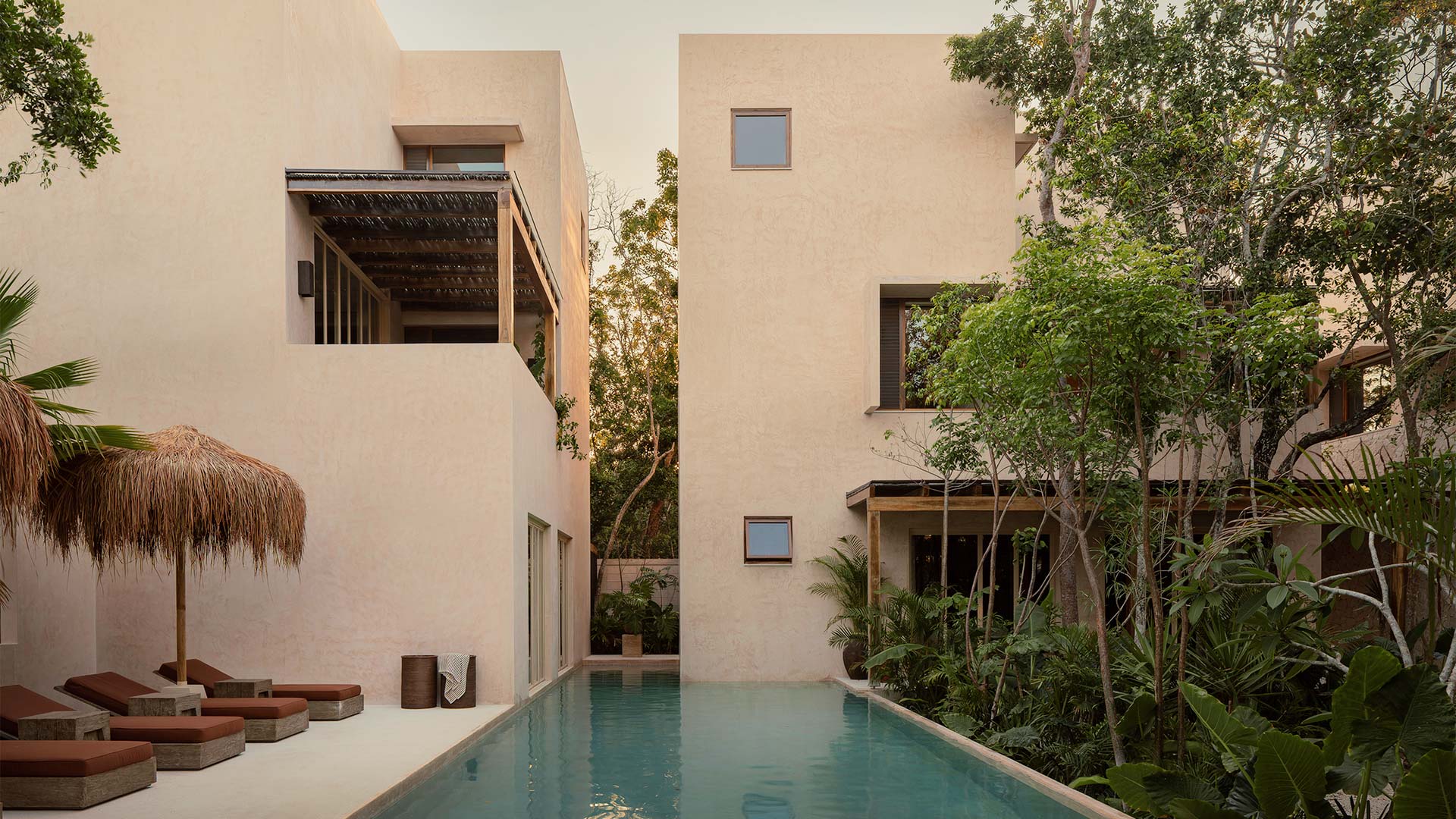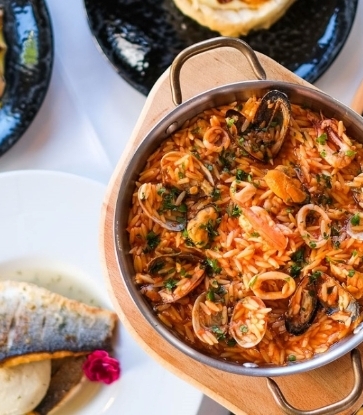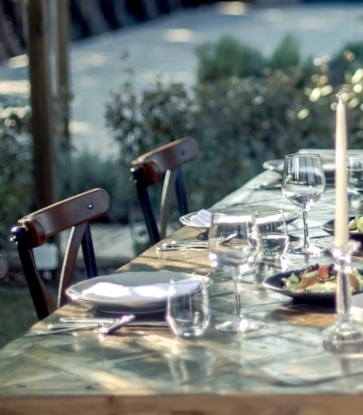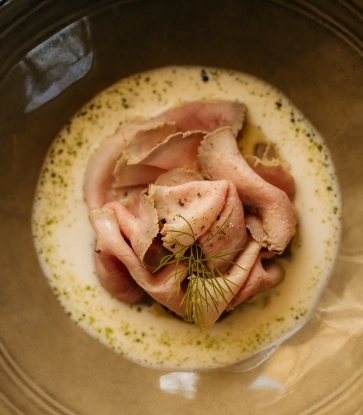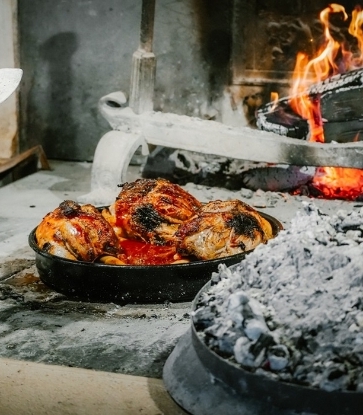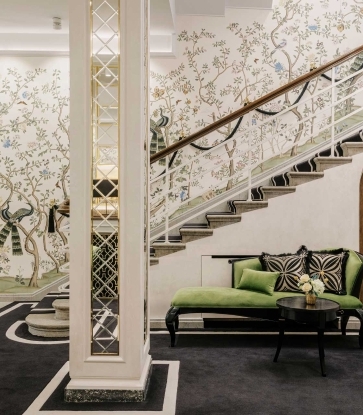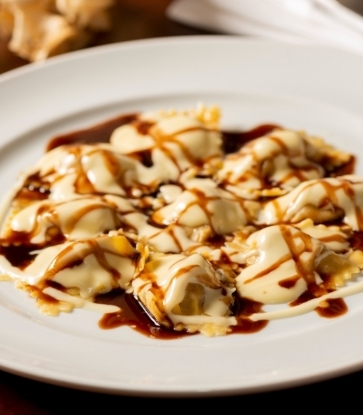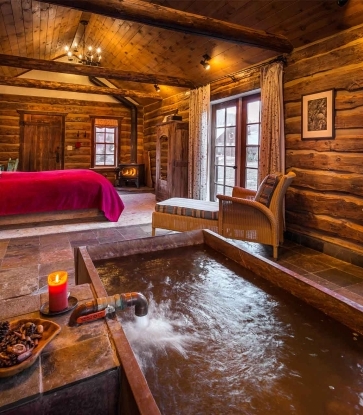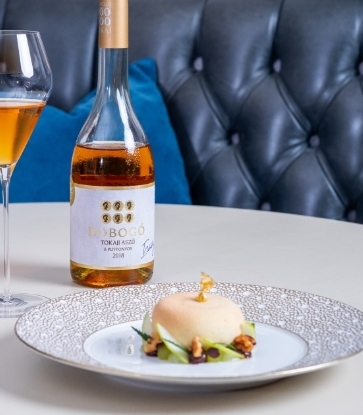The hotels below are part of the MICHELIN Guide hotel selection. Each of the 5,000+ hotels in the selection has been chosen by our experts for its extraordinary style, service, and personality — and each can be booked on the MICHELIN Guide website and app.
In the less crowded spaces of old Kyoto, sign language can seem the only alternative to Japanese. But in its most touristy neighborhoods, Japanese retreats to second chair in a symphony of languages from around the world. The visitors are back, and we sense some residents already miss the tranquility of the nearly three pandemic years of isolation. And how could anyone blame them? Living in a place this magical — the spiritual and cultural descendent of ancient Japan — comes with an inevitable price.
Kyoto’s experience with withdrawal is not solely rooted in the pandemic. It’s a cultural identity dating back hundreds of years in the country. For more than two centuries, Japan lived under a policy of isolation. From the beginning of the 17th century, the Tokugawa shogunate implemented sakoku, literally “locked country,” for fear of colonial and Christian influence. Japanese commoners were prohibited from leaving the island. Nearly all foreigners were banned from entering.
In some parts of the city, it can feel as if the clocks stopped long before COVID. The credit card system is still underdeveloped. English remains largely unspoken. Websites and reservation systems harken back to the earliest days of the internet. Only the toilets, equipped with multiple functions for unparalleled hygiene and comfort, seem to benefit from technology that is ahead of the rest of the world.


Somehow, this all feels perfectly natural. By stopping time, Kyoto can preserve the architecture, arts, cuisine, and even social codes — so different from the West — that have for centuries managed to resist external influence. Yet, time marches on, as seen in efforts to restore Kyoto’s traditional wooden townhouses, called machiya. To save them from redundancy, their nineteenth-century forms are being made more functional for twenty-first century life.
Japan’s ryokan are famous. Machiya are less known, and more unique to Kyoto, where the local variant are called kyomachiya. Throughout town, these beautiful and sometimes centuries-old homes are being rehabilitated and turned into restaurants, cafes, museums, and accommodations. The machiya layout is long and narrow, with a light-filled zen garden in the back and a street-facing shop space in the front (Japan joined the live-work revolution long before COVID).
Kyoto escaped heavy damage during WWII, so much of its historic architecture remains, a key element of its appeal. Nothing is ever easy, though. Since 1950, Japanese building codes have prohibited the traditional construction methods that lend the machiya so much of their charm. The original carpentry techniques — sophisticated, complex, handcrafted — may only be used in the restoration of the existing, dwindling stock.
We have a small handful of restored machiya in our Kyoto hotel selection. Most are booked as a single accommodation, like Kyo no Ondokoro’s Kamanza Nijo #2 and Nishijin Vila #5, or Maana Kamo. Others are made from a row of combined houses, like Maana Kiyomizu and Nazuna Kyoto Gosho, and have multiple rooms on offer.





The kyomachiya combine architecture, spirituality, and a connection with nature in much the same way as Kyoto’s extraordinary collection of religious sites. There are more than 1,500 temples and 400 sacred places here, a mix of Buddhist and Shinto traditions that coexist in perfect harmony, often within the same structure. They’re also quite photogenic. Sites such as Fushimi Inari Taisha (with its 10,000 vermillion gates) or the Golden Pavilion (self-explanatory) have become Instagram celebrities in their own right.
There’s the rub. Kyoto is an incredibly popular tourist destination, with no signs of slowing. To accommodate more visitors, it will need to make more concessions to their convenience. The same well-meaning guests who want to experience an authentic slice of old Japan will make it that much harder for it to exist.
The city isn’t devoid of modernity and the development that comes with it. Far from it. Huge swathes of Kyoto are now marked by increasingly tall, increasingly contemporary buildings and the same urban sprawl found everywhere else. But not far from that — not more than a few minutes from the main roads populated with big, brand new hotels — you stumble upon old Kyoto, with its steep alleys, flowered canals, and low-lying machiya decorated with sliding panels, lattice windows, and red lanterns. In the Gion district, geishas stroll slowly in their beautiful dress.
It feels like immersive theater, set up especially for tourists. However, this is the very heart of traditional Japan, that of kabuki, ikebana, and the tea ceremony, that of old-world pubs and restaurants frequented by wealthy Japanese and the geishas who keep them company. You need to be accompanied by a local to decipher the menus displayed on the facades and understand all the unwritten rules surrounding a simple meal. Entering an establishment only after being invited, removing your shoes before setting foot on a tatami, not placing your chopsticks vertically in a bowl of rice.
This is a place that exists outside of time. You will confront the unfamiliar. You will inevitably make mistakes. That’s a good sign. That’s how you know old Kyoto is sustaining.
Book the best hotels in Kyoto on MICHELIN Guide.
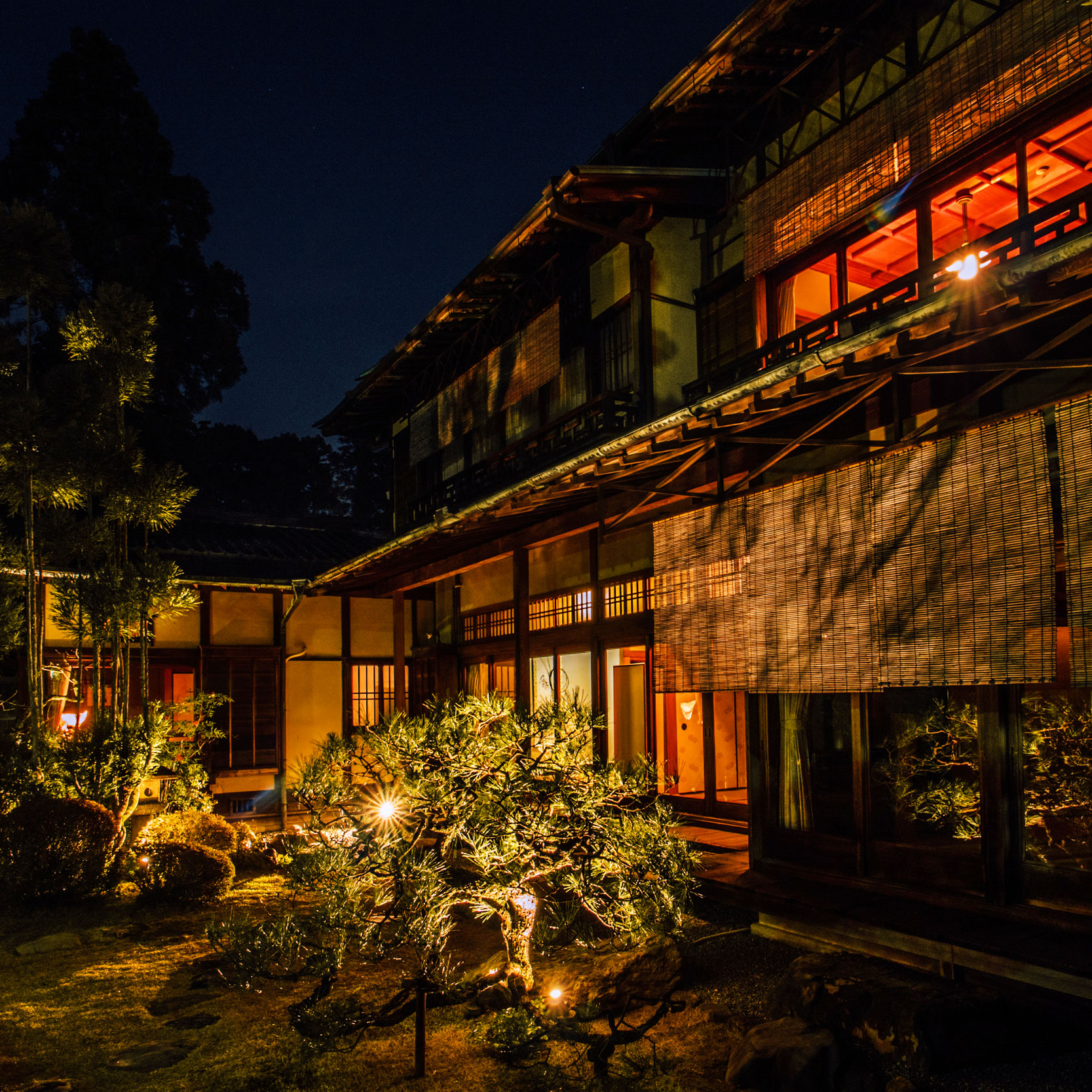
Book the best hotels you can imagine — for every style and budget.
Top image: Maana Kiyomizu — Kyoto, Japan



